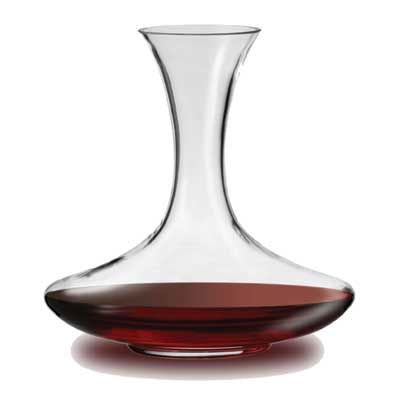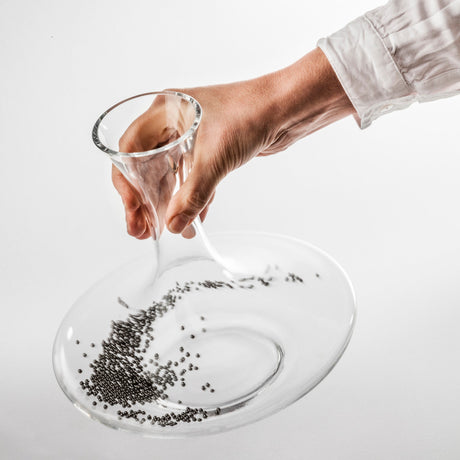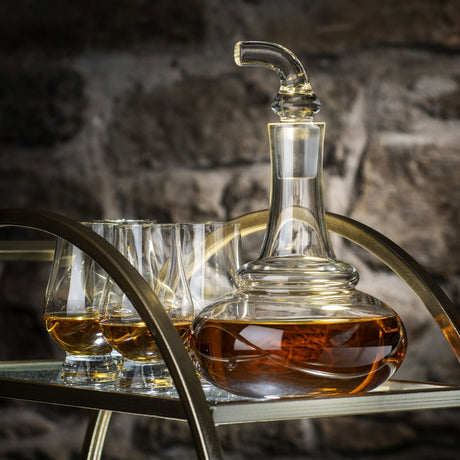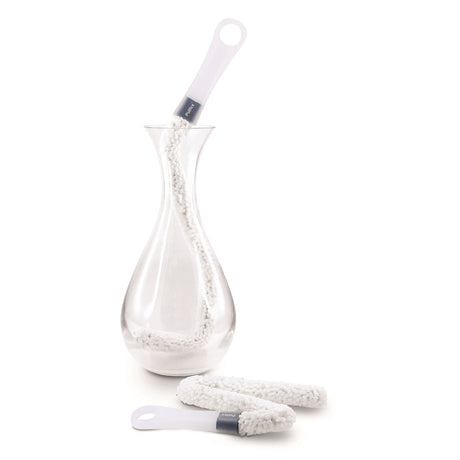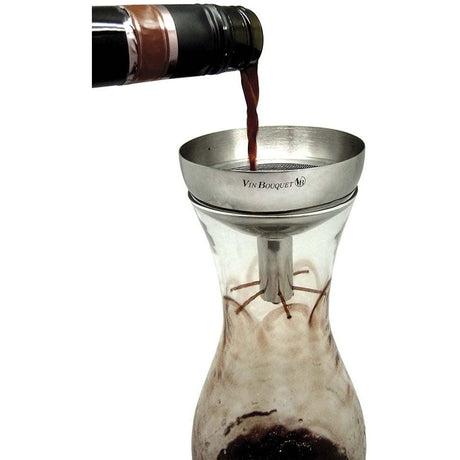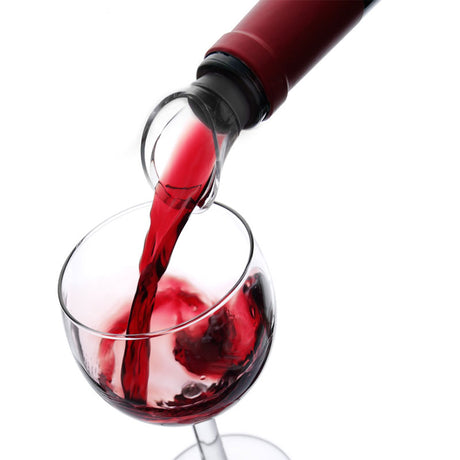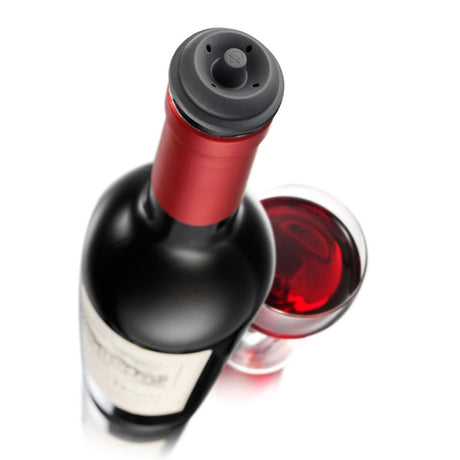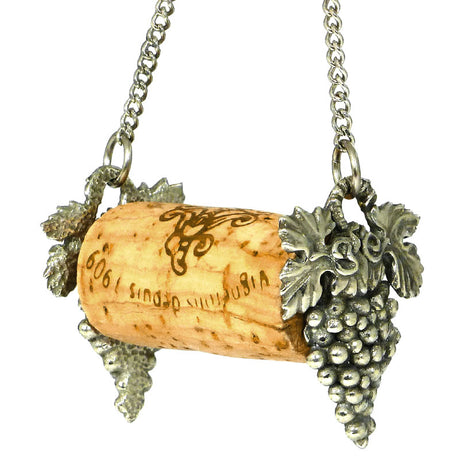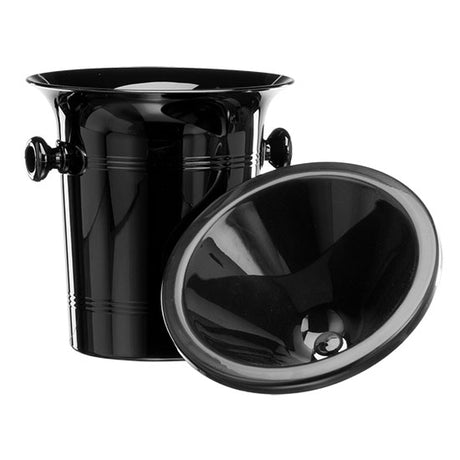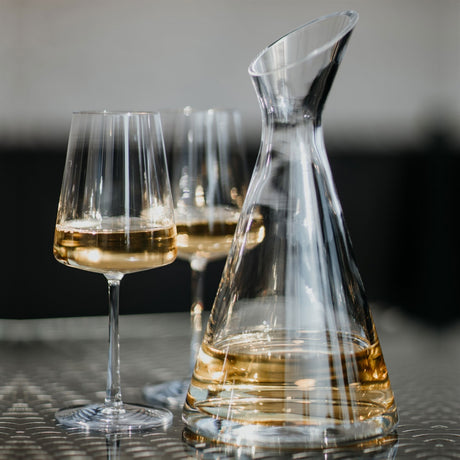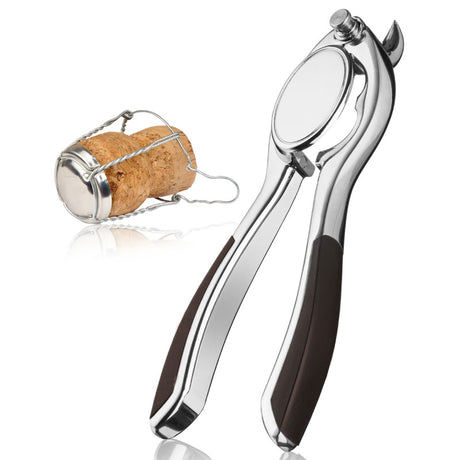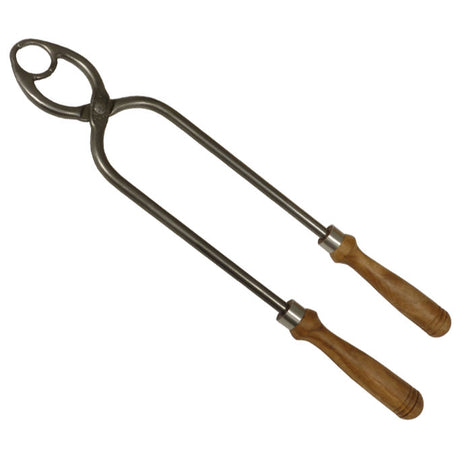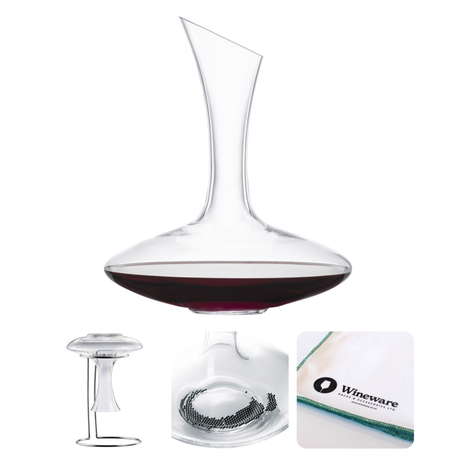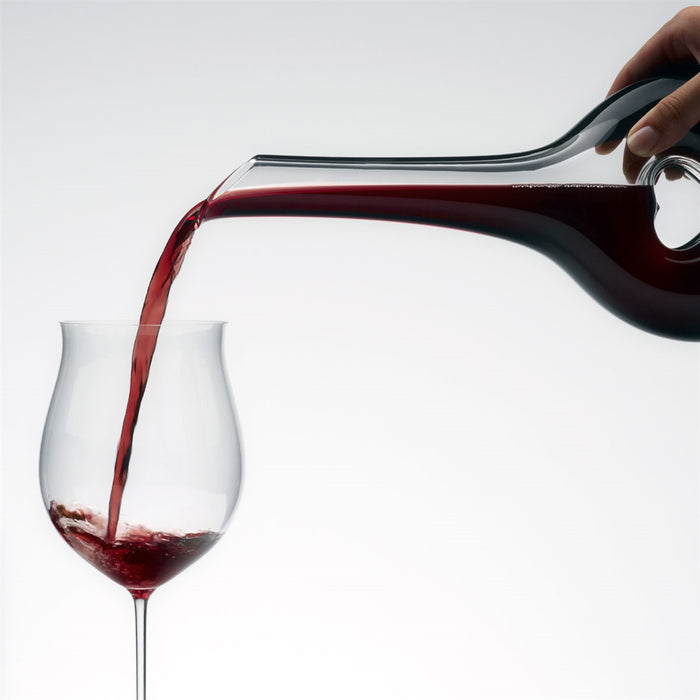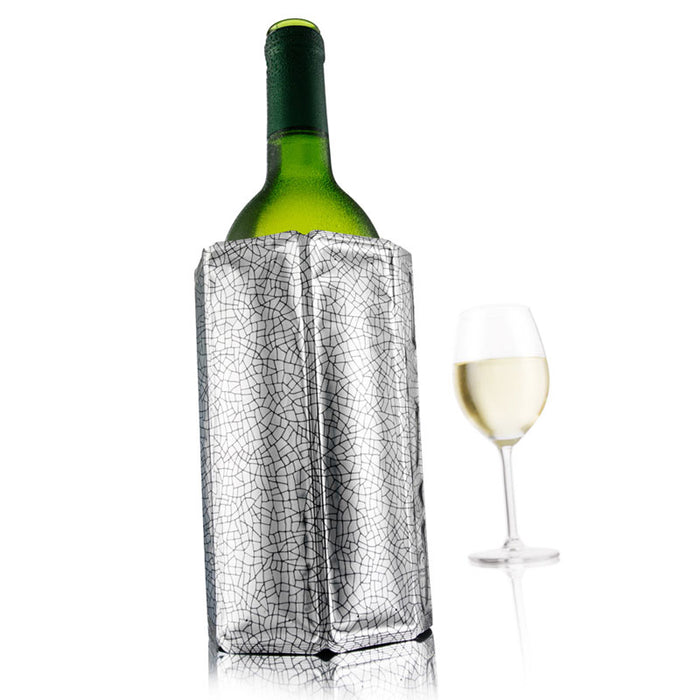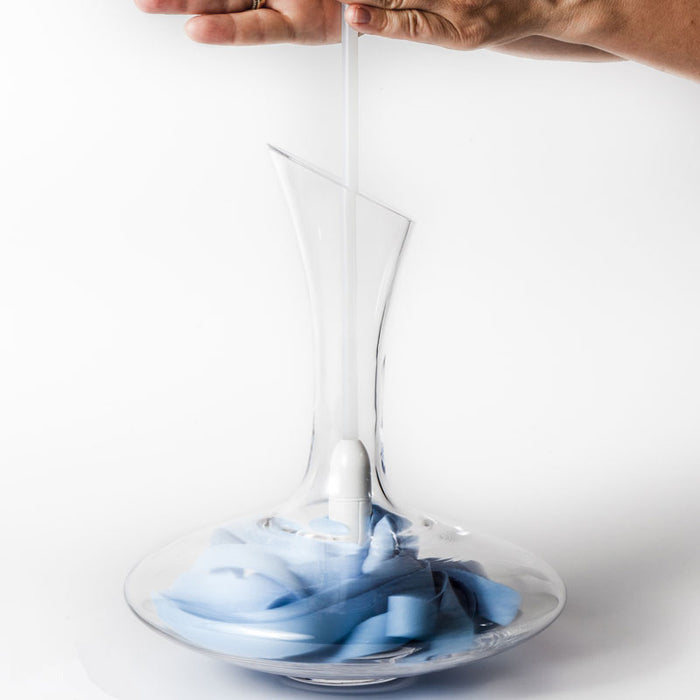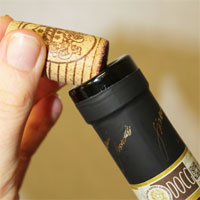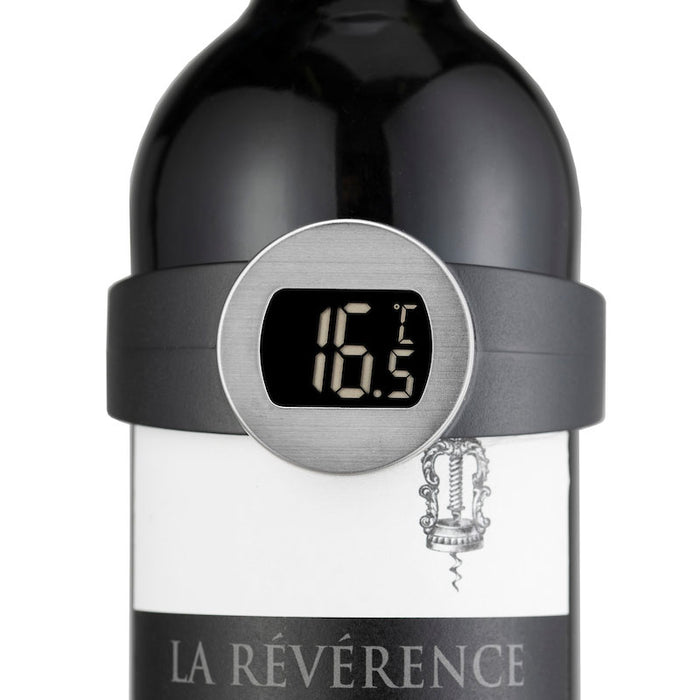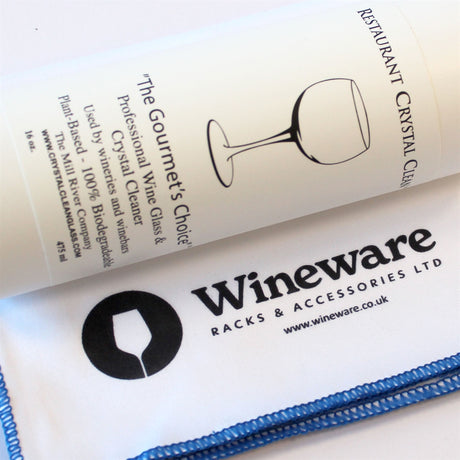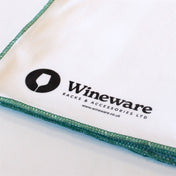History of wine decanters
Wine decanting is a practice that dates back thousands of years. Long before the use of glass, wine was stored and served in ornate vessels made from precious metals like gold and silver. These early containers weren’t just functional; they were symbols of wealth, hospitality, and ceremony.
With the advent of glassmaking, decanters evolved both in form and function. Today, wine decanters are most commonly crafted from fine crystal glass, featuring both traditional elegance and modern design innovations. Available in a wide variety of shapes and sizes, all decanters serve the same essential purpose: to hold and serve wine at its best.

Why do we decant wine?
Decanting wine is not just for show; it serves two essential functions:
1 - Removing Sediment
Over time, especially in older red wines (also known as "vintage wines"), natural sediment forms in the bottle. This can include tannins, colour pigments, and occasionally, cork fragments. Decanting allows you to separate this unwanted sediment, ensuring a smoother, clearer pour into your glass.
2 - Allowing the Wine to Breathe
When wine is exposed to air, a process called aeration begins. This interaction with oxygen helps "open up" the wine, allowing its full bouquet of aromas and depth of flavour to emerge. While younger wines might benefit less dramatically, even a short time in a decanter can enhance taste and aroma. Aged reds, in particular, transform beautifully after 15 to 30 minutes of decanting.
Tip: Not all wines require lengthy decanting. While young reds and some whites may show only subtle improvements, any wine can benefit from a little breathing room.
How to Decant Wine: Step-by-Step
1 - Stand the bottle upright
If possible, place your wine bottle upright for at least 24 hours before serving. This helps sediment settle to the bottom, making it easier to separate during decanting.
2 - Prepare to pour slowly and steadily
Begin pouring the wine into your decanter in one smooth, slow motion. Hold the bottle at a slight angle and keep an eye on the clarity of the wine as it flows.
3 - Watch for sediment
As you near the bottom third of the bottle, watch closely for any signs of sediment or cork particles. Stop pouring immediately when you see any cloudiness.
4 - Use a funnel or filter for added precision
For older wines or when you’re unsure, a wine funnel with a mesh filter is highly recommended. It helps trap fine particles before they reach your decanter.
5 - Let it breathe
Once decanted, allow the wine to rest at room temperature for about 1–2 hours before serving. This helps it reach optimal flavour and aroma, especially in red wines.
Essential Accessories for Decanting Wine
To make the decanting process smoother and more effective, we recommend using these must-have tools:
Filters & Aerators
Using a wine filter or aerator placed between the bottle and decanter ensures sediment stays out of your wine. Aerators also speed up the oxygenation process, enhancing flavour in seconds.
Popular options include:
| CellarDine Rouge O2 By the Glass Wine Breather | Vacu Vin Wine Aerator / Pourer | Vin Bouquet Wine Decanting Funnel – With Filter |
 |
 |
 |
Explore our full collection of wine filters and aerators, perfect for any wine enthusiast.
Our most popular Wine Decanters:
| Eisch Glas Crystal Claret Wine Decanter 1.5L | Riedel Cabernet Crystal Wine Decanter 1L | Eisch Glas Crystal Chateau Wine Decanter 1.5L |
 |
 |
 |
Click here to see our full range of Wine Decanters.
More Decanting & Wine Serving Guides:
Discover more expert tips and insights:
